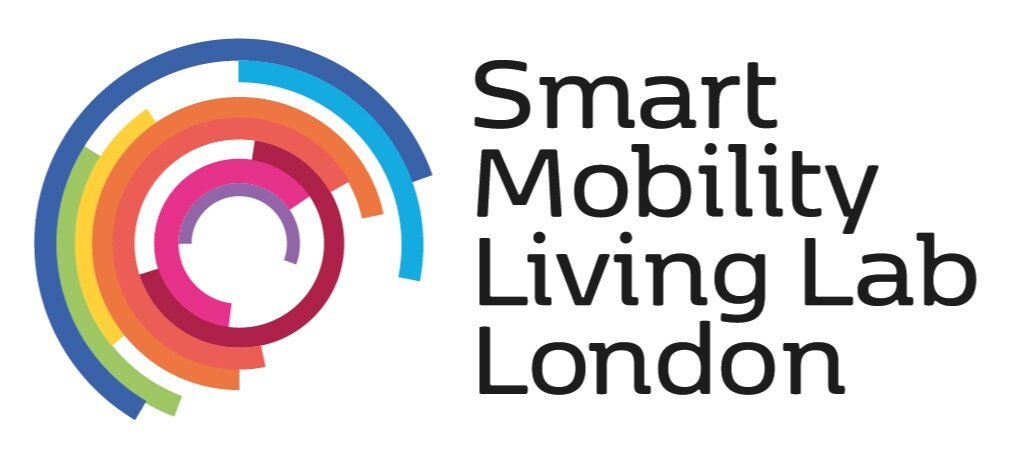Creating Accessible Cities: The Role of Driverless Cars
By BEN MORRIS, MOBILITY LEAD, DG CITIES
The Royal Borough of Greenwich is currently home to over 276,000 people (2016 figures) and is set to grow to over 340,000 people by 2036. Important demographic changes are expected to take place during this population swell, particularly a projected 30% increase within the next 10 years in residents over the age of 65. With such growth comes changing needs, including greater demand for housing and services. But what does this have to do with driverless cars?
We at DG Cities see huge potential for driverless cars to help transform the lives of elderly, disabled and infirmed residents. What if elderly residents could stay in their own homes for longer, using driverless services that could help keep them mobile in their old age with better access to care, shops and amenities? What if those with disabilities had access to services built and designed around them so that they could experience the borough fully and with ease? Respondents from SMLL’s recent industry report seem to think so, with 49% agreeing that CAVs will make elderly and disabled people more mobile.
This driverless future will not happen all by itself. We are investing in the Smart Mobility Living Lab to help ensure that the driverless cars we build are not only safe, but work for people and the city. That said, we can see several challenges in achieving this driverless utopia for members of the elderly and disabled communities.
Will the vehicles be easy to get in and out of? Will the elderly have access to mobile phones and be inclined to use apps to engage with services in the same way younger people do? Will they be willing to share rides and journeys with others? Will Mobility as a Service (MaaS) providers offer the same levels of convenience to all other users?
DG Cities’ recent work on Merge Greenwich looked into the attitudes and willingness of citizens to share rides in a driverless car future and found that 85% of people were willing to use an automated vehicle (AV) in the future. Only 46%, however, noted that they would be willing to share, with this number falling to 26% if they had to share regularly. The research also found that the over 65 demographic was less likely to drive in London or take as many trips as the under 65s, and the trips they did take were largely by bus or on foot. This demonstrates a potential gap that driverless cars could fill for the growing elderly population in the borough.
Despite these challenges, early signs suggest that the elderly are positively excited about the prospect of using driverless cars (watch this Wired video to see their reactions to riding in an early driverless vehicle).
At SMLL, we are big believers that we should be #JourneyMakers for everyone in the city. We are excited to be embarking on this venture to help build the future of mobility and to establish greater accessibility within cities. We think driverless cars and the services they will offer will play a role in creating a brighter and more accessible future.
